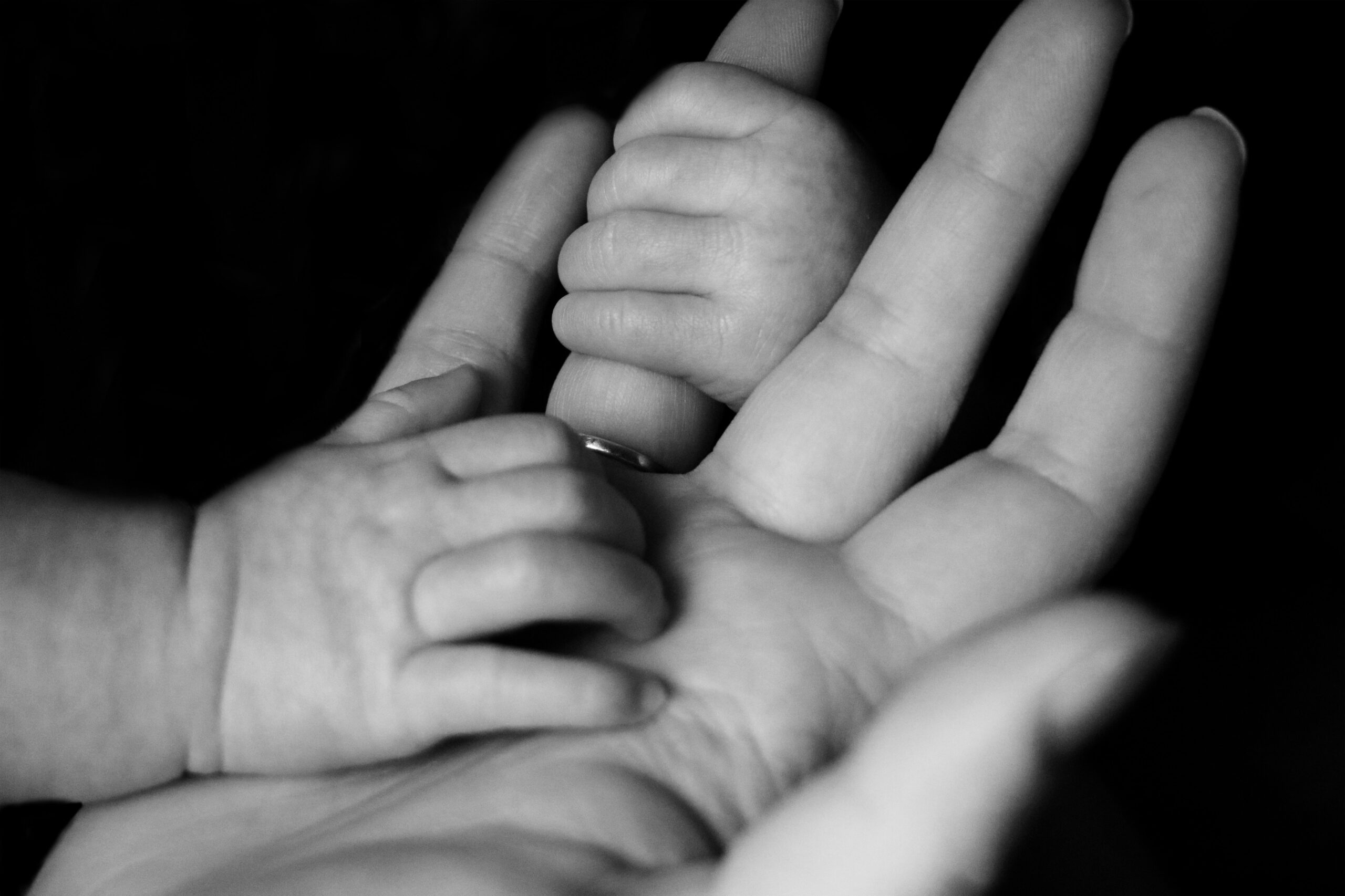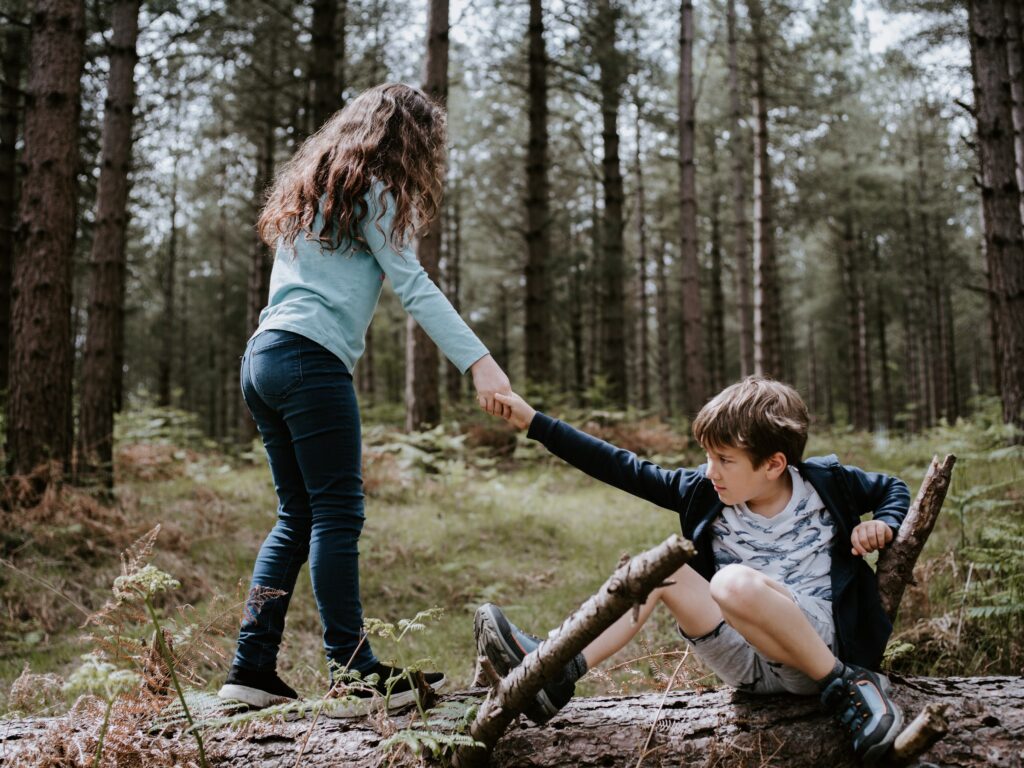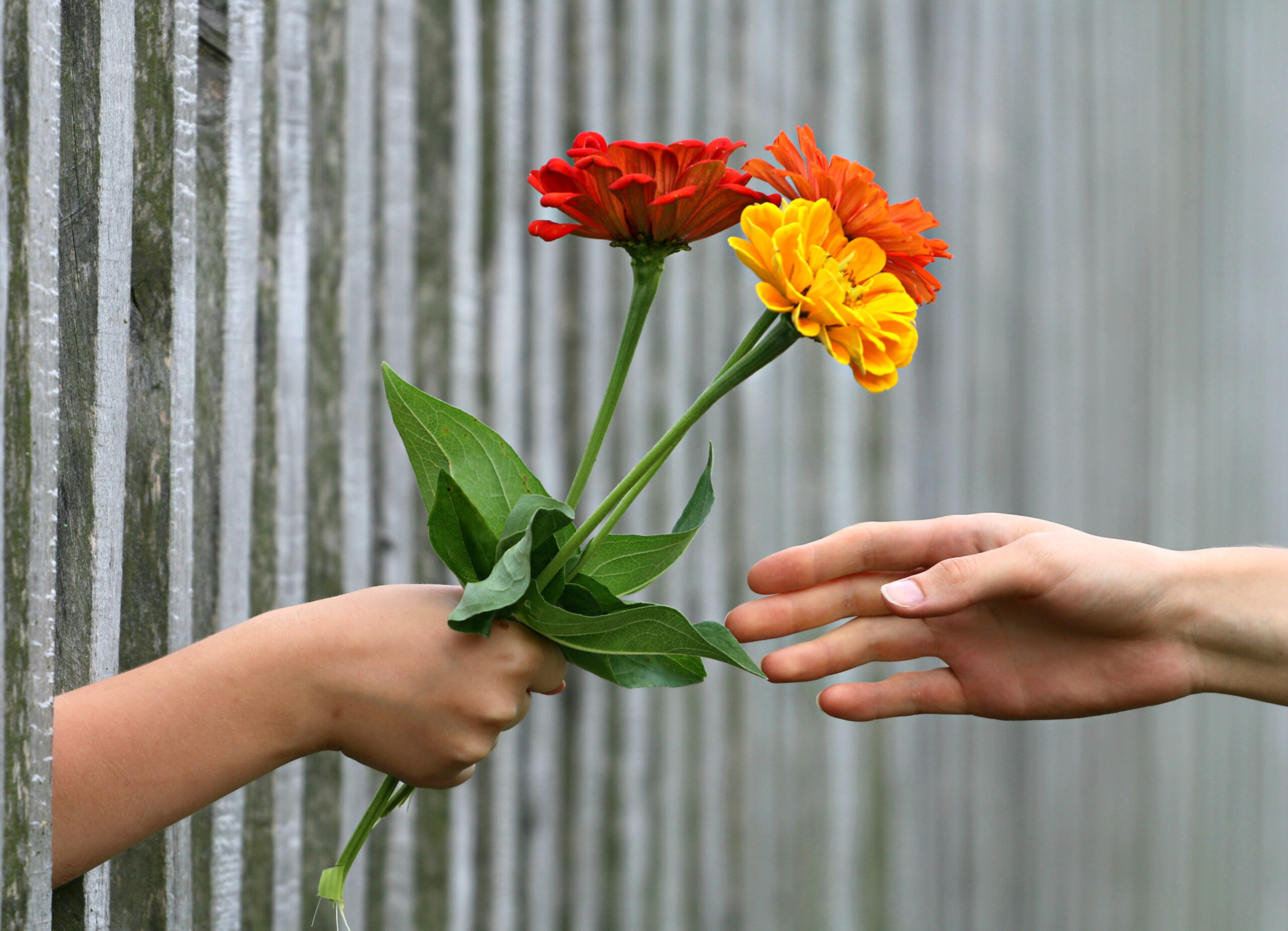
How to connect with your children’s emotions
Explore them, don’t dodge them… Ronnie Convery learns excellent parenting tips from a specialist US study centre.
Parenting didn’t come naturally to me. This was immediately obvious when the midwife handed me my new-born daughter – my first child – and I spluttered: “But …I don’t know how to hold it!”
“It’s a ‘she’”, came the encouraging reply, “and just make sure her head is supported in the crook of your arm and you will be fine…”

28 years on and I think my daughter has forgiven me – she did ask me to walk her down the aisle this summer until a certain pandemic forced the wedding to be postponed. Ah well, another year to prepare my speech!
I am the luckiest of dads. Three happy grown-up children, a significant pile of exam passes and graduation ceremonies in the memory bank and good health all round.
And even though the pictures that make it into silver frames on the mantelpiece relate to ceremonies and milestones, my proudest memories of them are not showcased behind glass.
I recall the deep, deep admiration I felt for my kids when they let slip the kind of people they are … that they had checked with the shrivelled shivering soul begging on the street corner what kind of coffee they like before going in to Costa to order it along with something to eat. I recall the humble amazement I feel when they put me to shame with their humanity … stopping the car to take a distressed man having a seizure on the pavement home to his family; drawing up special lessons for the kid in the class who struggles with literacy or ordering flowers for a friend facing serious illness in the family …
Such moments make me think that, despite my inadequacies, something must have gone right in their upbringing (luckily, their mother makes up the balance with her superadequacies in the realm of child-rearing!)
And so I was interested to read the insights and wisdom of the Greater Good Science Centre, a project based at the University of California in Berkeley. It codified what to me was a vague instinct, and as such may be useful for parents out there fumbling in the dark as they try to help their children grow up to be healthy, well-balanced and wise. (I know the traditional trio is healthy, wealthy and wise, but if they grow up with balance and security in their lives then that far outweighs the advantage of a burgeoning bank-account).
Here is what they have to say … I just let them take over for the rest of the article. They explain far better than I can.
“Children develop secure attachments when they have benefited from a caregiver’s enduring love—so much that they ‘have confidence in the possibility of goodness.’ In other words, because they have received consistent care, warmth, and sensitivity in the past, they believe that others will respond to their vulnerability with compassion in the future.
Parents who are attuned to their children model caring behaviour which their children can embrace and imitate. When parents are responsive to their children’s emotions, children learn to become more aware of their own feelings.
The ability to be agile with their emotions allows children to better support others who are in distress because they don’t feel overwhelmed by other people’s pain. With a greater understanding of emotions, securely-attached children can empathise more skilfully and, in turn, show care, love, and compassion to others.
Why You Should Try It
Securely-attached children tend to have higher self-esteem, show better self-control, and perform better in school.
Children who experience more loving relationships with their parents also tend to be more compassionate and helpful toward others later in life.
The empathy, love, kindness, and compassion that such children develop can support them in building positive relationships with others.

Beyond interpersonal relationships, love has lasting benefits for our health and growth—while people who grow up without loving bonds may experience immune system dysfunction and chronic illness.
The good news is that it is never too late to build these healthy and useful bonds with our children, and there are specific activities and practices which can be introduced which will help achieve this aim.
This practice can be done when you notice your children experiencing any kind of strong emotion and will take no more than 10 minutes:
How to Do It
When our children feel anger, sadness, or other intense emotions, we might be inclined to distract or redirect them away from their discomfort. But this isn’t always the best strategy.
Research on attachment—the unique loving bond between children and their caregivers—suggests that a key part of developing secure and loving relationships is spending time with your children to support their experiences with their emotions.

Practise these three steps to help strengthen your bond with your children:
Heighten awareness:
When helping children recognise their emotions, show your curiosity about their experience rather than imposing feelings on them. For instance, say, “I’m wondering if you’re upset?” rather than declaring, “You’re upset.” Be both humble and inquisitive. This approach shows your children that you acknowledge that their emotional experience is personal and that you are open to understanding them.
Name it:
Encourage your children to talk about what they are feeling, then take a moment to reflect what they’ve told you and give a possible name to the emotion. You can say, “It sounds like you’re feeling sad,” or “It sounds like you’re frustrated.” By giving them an opportunity to put their internal experiences into words, you help them cultivate a bigger emotional vocabulary and show them that expression is one way to regulate difficult feelings.
Explore together:
Validate your children’s emotional experience. This can be as simple as saying, “That sounds like it would be frustrating.” Help them make sense of any aspects of their experience that are confusing to them, such as mixed emotions. For example, kids can feel happy a friend won an award and, at the same time, sad because they wanted the award.
Show them you understand by matching their emotions with your voice, face, and touch. You can share a smile if your child is excited or hold their hand if they are nervous. These non-verbal expressions can help your children recognise and make sense of their own emotions.”
This practice originally appeared on Greater Good in Action, an online resource of the Greater Good Science Center at the University of California, Berkeley.
Like what you’ve read? Consider supporting the work of Adamah by making a donation and help us keep exploring life’s big (and not so big) issues!

